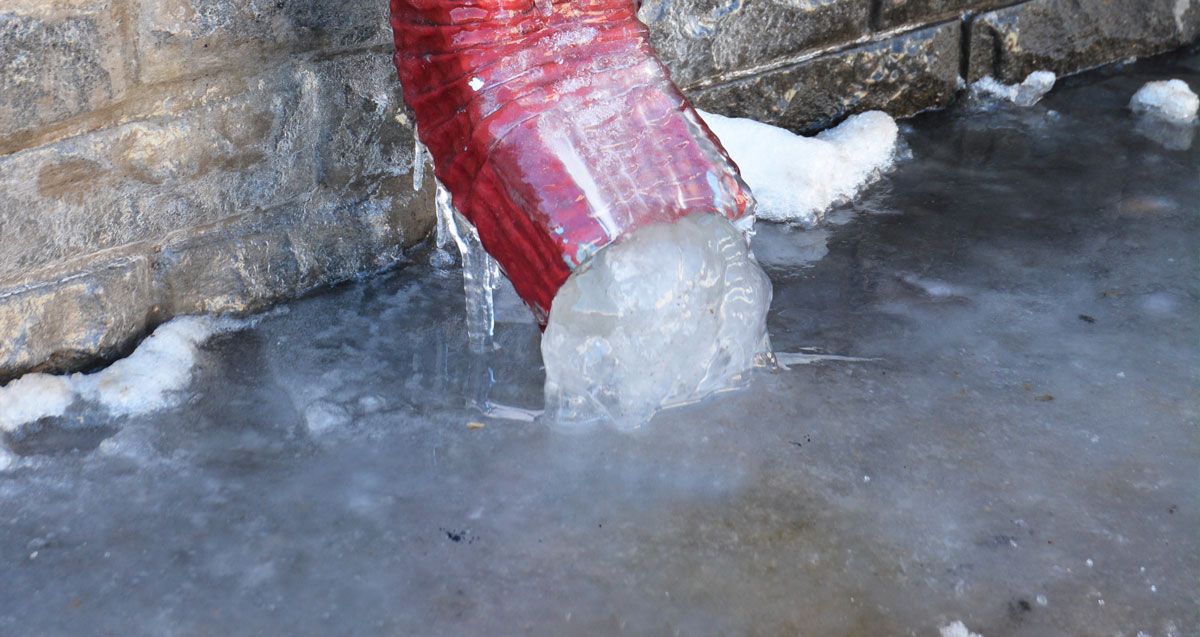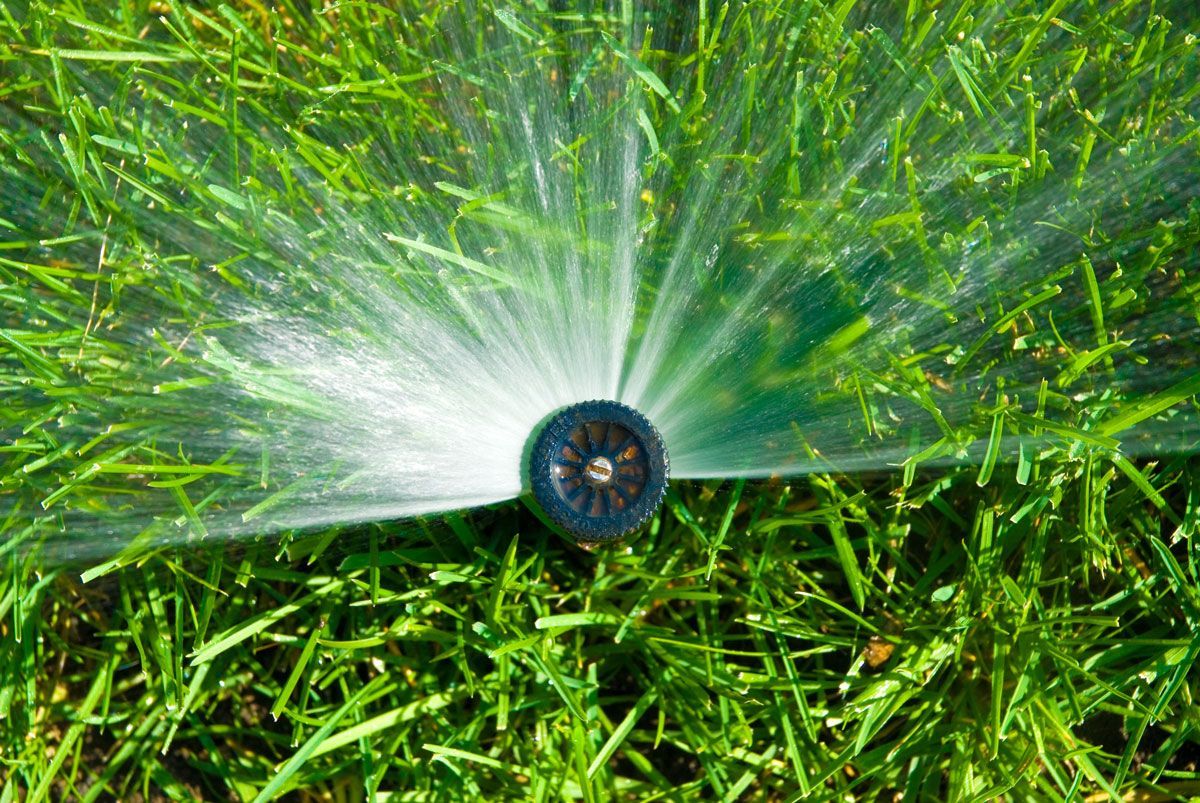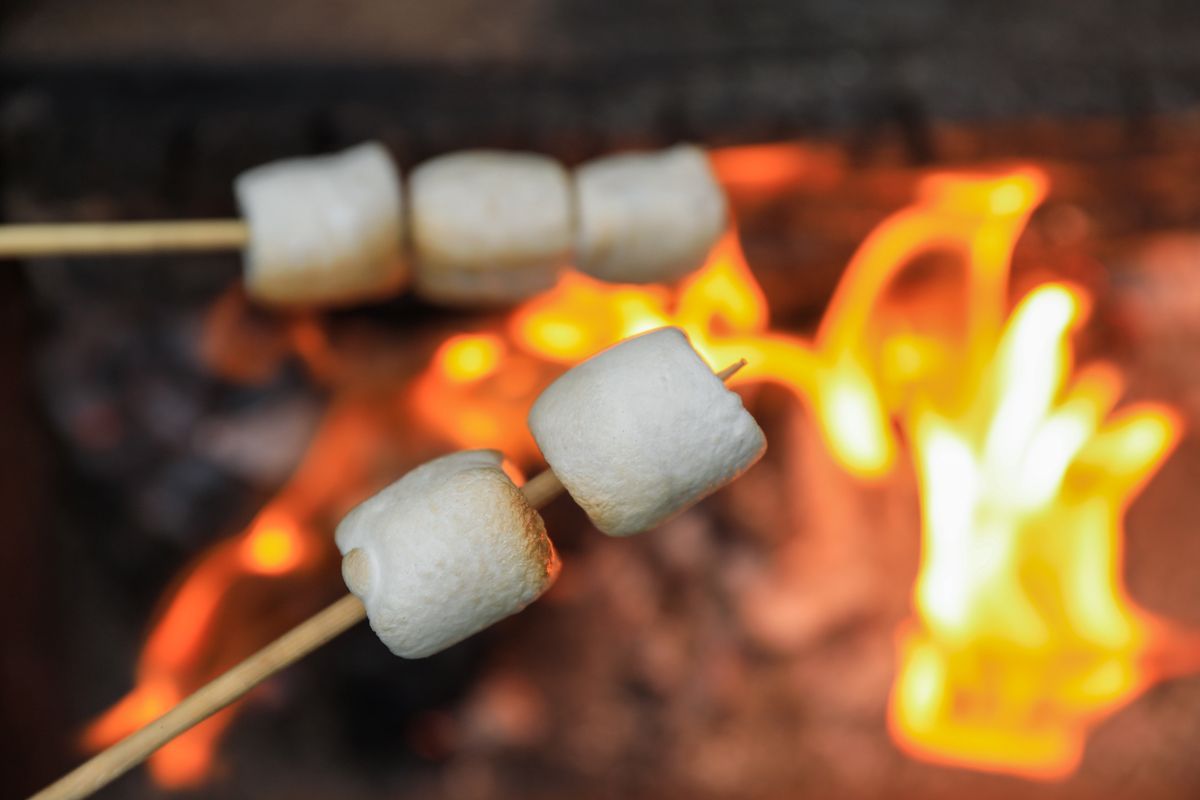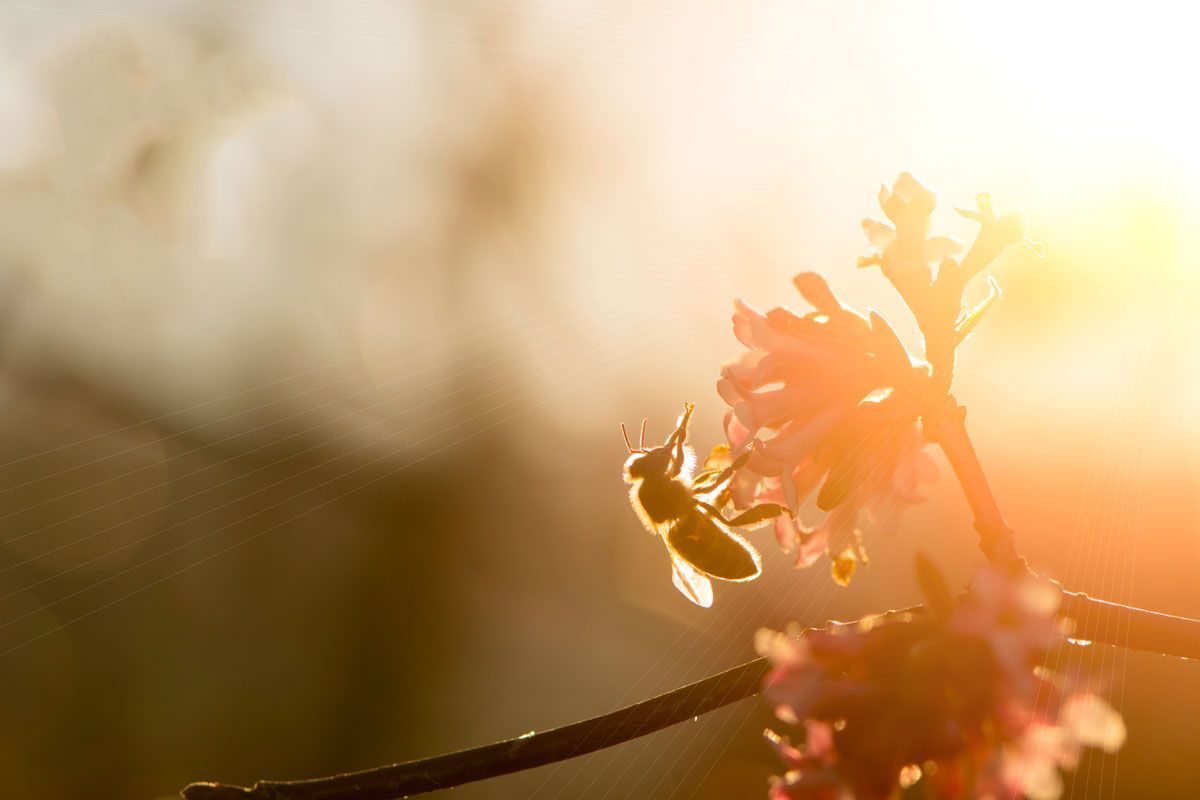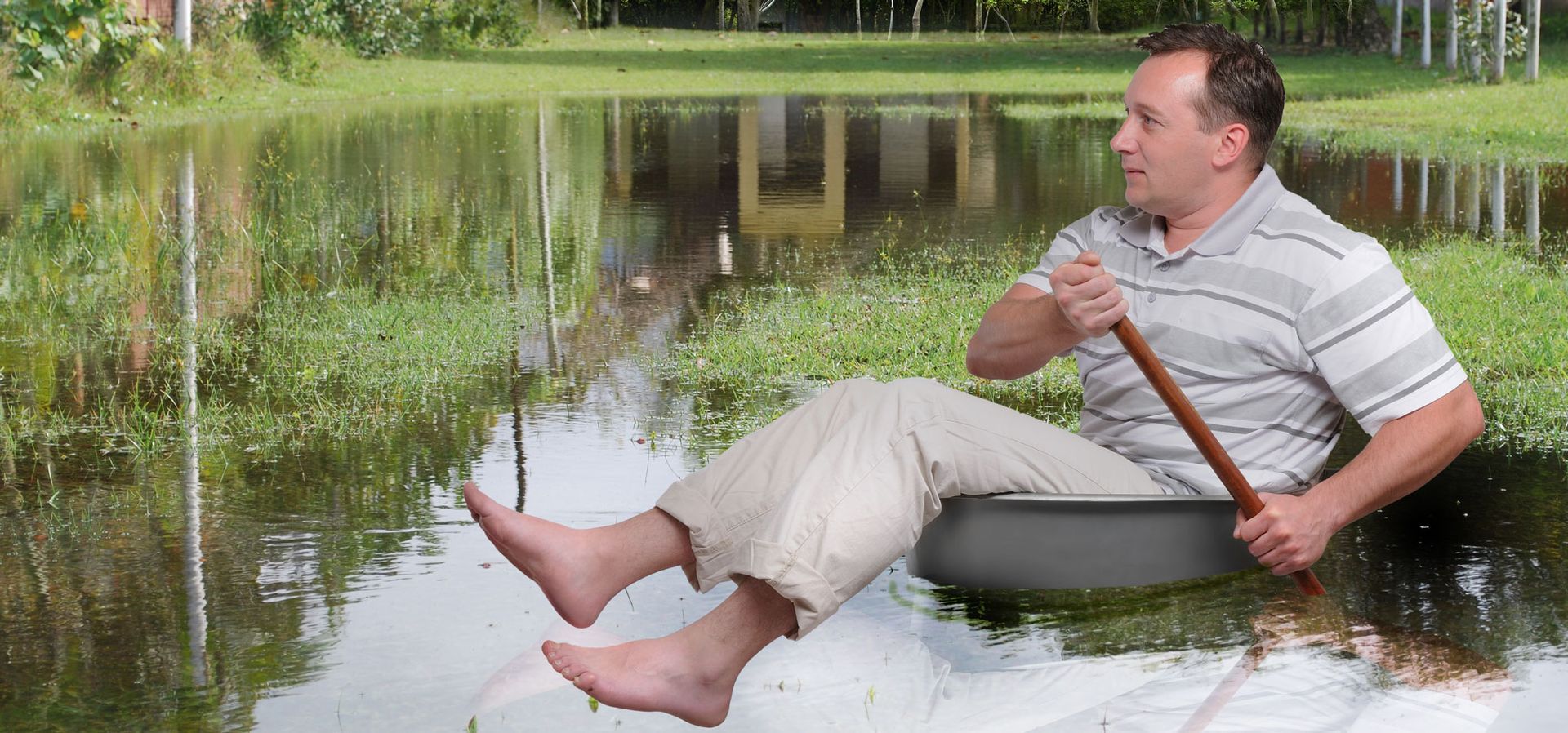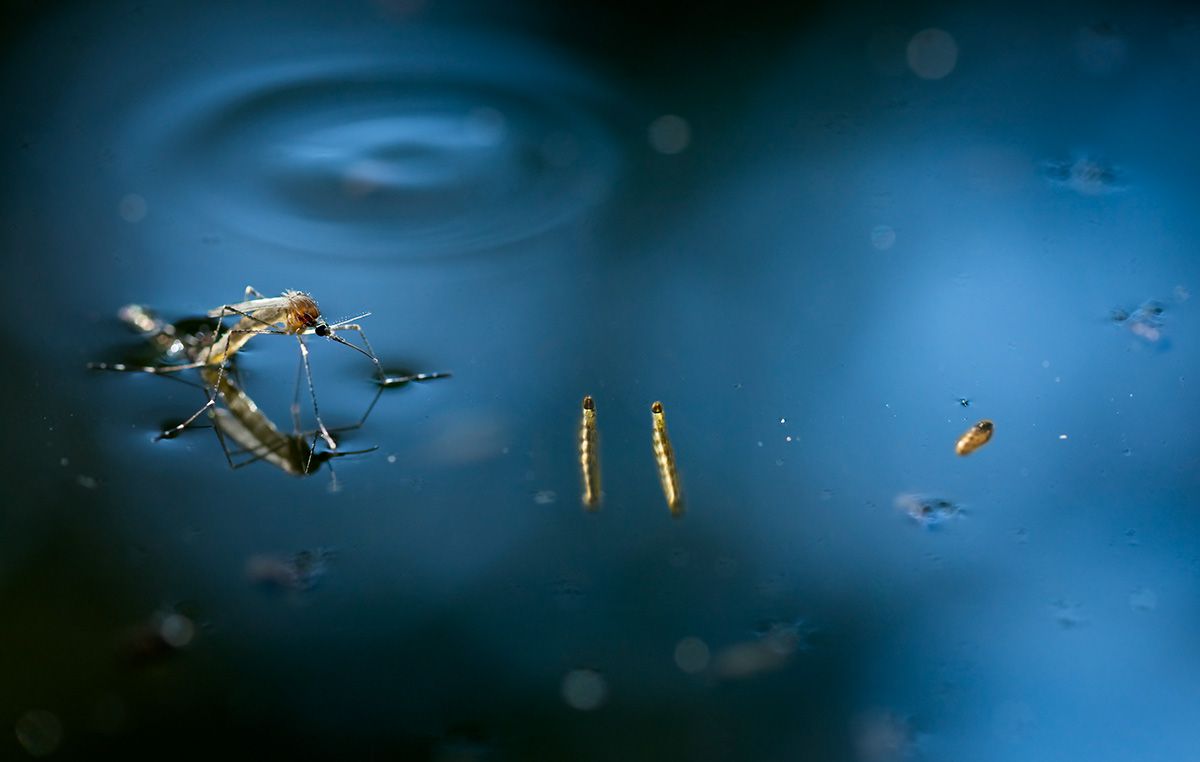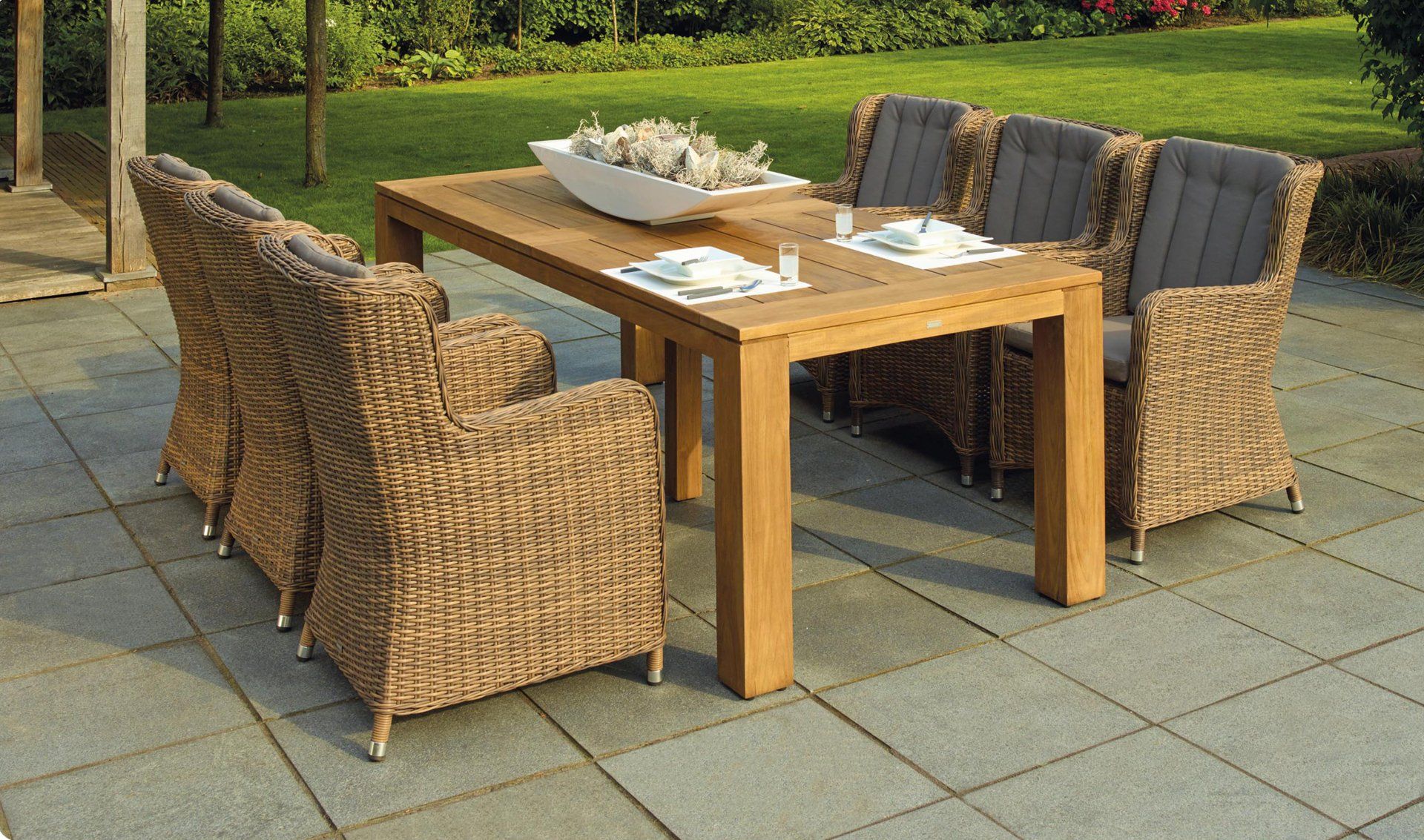Planting Native Plants for Sustainability - Yes, there really are benefits in planting Virginia Native Plants
Yes, there really are benefits in planting Virginia Native Plants
Maintaining a sustainable landscape is one of the most important things you can do for today’s environment. The design should address all aspects of the local ecosystem, from the wildlife to the moisture levels and existing soil conditionals. Many native plants have far-reaching root systems that allow them to hold soil, slow runoff, and encourage new growth. In addition, native plants offer sustenance for local wildlife, including pollinators and native birds. And in a world where more and more people are interested in sustainability, one important way to contribute to this worthy initiative is to add natives to your landscaping. Many people think that planting native plants is only for those who live in the country or in rural areas, but there are many benefits, no matter where you live. And what a great way to compliment any hardscaping and existing landscaping.
Additional benefits are:
Virginia natives are very tolerant of both drought and flooding. This translates to them not requiring extra water or drainage, like some plants do. This also helps conserve water.
Virginia natives provide food and shelter for wildlife.
Virginia natives decrease the amount of chemicals and pesticides needed. The use of chemicals and pesticides has always been a controversial topic in the agriculture industry. Some people argue that the use of these products is necessary to produce the food we need, while others argue that the risks posed by these products outweigh the benefits. Decreasing the amount of chemicals and pesticides used has a number of benefits. Not only does it reduce the risk of these products entering the environment, it also decreases the amount of money spent on these products.
Virginia natives connect people to the natural world. Connecting to the environment around you can improve physical and mental health, reduce stress and increase creativity and productivity.
With so many different species of plants to choose from, it can be difficult to decide which ones will look best in your garden. From the beautiful blooms of the columbine to the fragrant white flowers of the ginseng plant, here are some of our favorite Virginia natives:
American Ginseng (Panax quinquefolius) This plant is found in woods throughout Virginia and has small greenish-white flowers. The American Ginseng is a perfect plant for shady areas in your garden.
Columbine (Aquilegia canadensis) The eastern red columbine plant is not only beautiful, but it also attracts a variety of bees, butterflies, and other insects. The flowers are a beautiful red color and they bloom in the springtime.
Indian pink (Spigelia marilandica) If you are looking for a plant that is native to Virginia and is perfect for shady areas, then you should consider the Indian Pink. This plant has pink or white flowers and is found in woods throughout Virginia. The Indian Pink can reach up to three feet in height.
Joe-Pye weed (Eupatorium purpureum) Joe-Pye Weed is a beautiful plant that attracts butterflies. It prefers wet soils and full sun, but can tolerate some shade. They can reach 4-6 feet tall .
Purple coneflower (Echinacea purpurea) Coneflowers are easy to grow and make a great addition to any garden. They prefer full sun but can tolerate some shade. They're drought tolerant and don't need much water once they're established. Cut the plants back in the fall to encourage new growth in the spring.
Swamp milkweed (Asclepias incarnata) Swamp milkweed is a beautiful plant that attracts butterflies. It prefers wet soils and full sun, but can tolerate some shade. To plant, get started in the spring or fall. Mix the seeds with sand and sprinkle them on the ground where you want them to grow. Keep the area moist until the seeds germinate. Once the plants are established, they don't need much water. In fact, too much water can kill them. Cut the plants back in the fall to encourage new growth in the spring.
Virginia bluebells (Mertensia virginica) Known for its clusters of blue, bell-shaped flowers, the flowers are produced in early to mid-spring and are a favorite of bees. Virginia Bluebells can grow up to 2 feet tall and are tolerant of a wide range of soil conditions.
Black-eyed Susan (Rudbeckia hirta) This plant is a favorite of bees and butterflies alike. The flowers are a warm yellow color and they bloom from summer to fall.
Buttonbush (Cephalanthus occidentalis) This native shrub is beloved by bees and other pollinators. The flowers are small and white, and they bloom in the summertime.
Beautyberry (Callicarpa americana) - Beautyberry is a deciduous shrub that is known for its clusters of bright purple berries. The berries are produced in late summer and fall, and they are a favorite food of birds. Beautyberry can grow to 6 feet tall and is tolerant of a wide range of soil conditions.
When you are ready to go native, give us a ring at
804-360-2686!

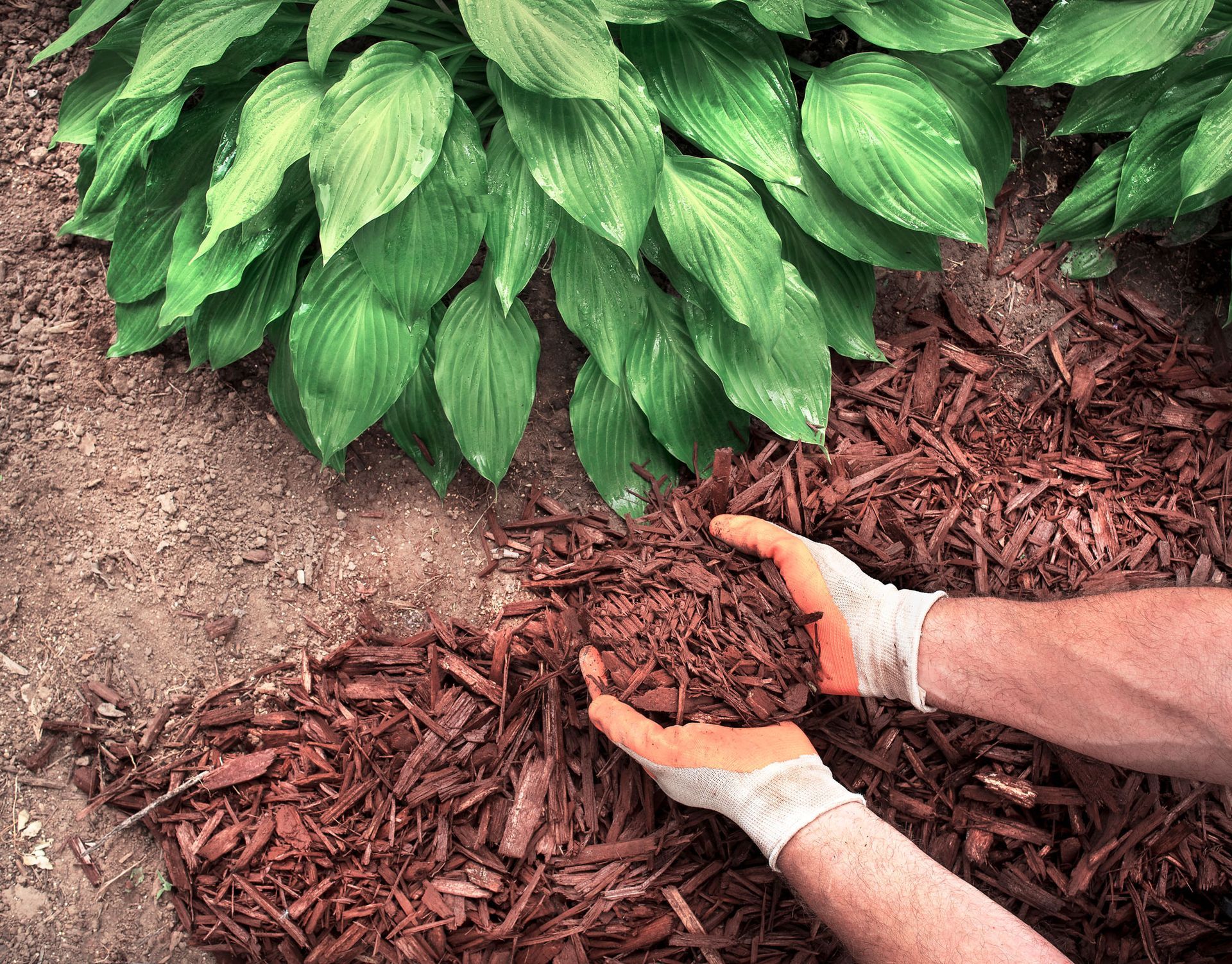
Hours of Operation
Monday - Friday 8 :00am - 5:00pm EST
Saturday - Sunday Closed
All Rights Reserved | G&R Contracting

